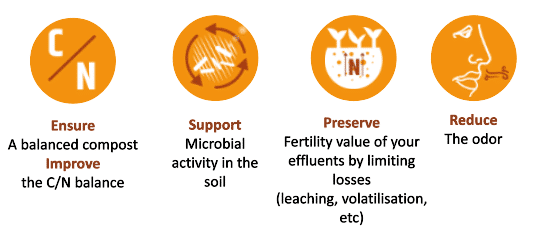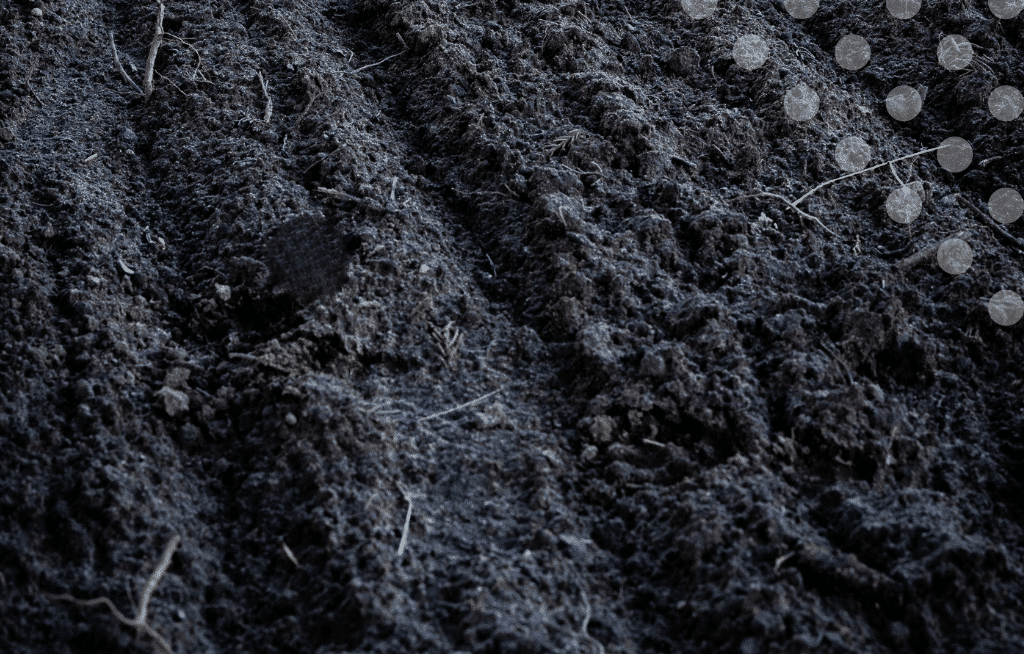Improving how you manage your livestock effluents is a big economic and environmental challenge. Each step of the process needs to be considered, from the animal feed to spreading manure.
Manure is a mixture of animal dung mixed with litter components (straw, wood shaving…) stored on a platform or in the building.
Slurry is composed of effluents with a very low quantity of dry matter and is stored in a pit.
Both types of effluents can be produced by bovins, ovins, swine, and poultry, and each has different fertilizing capabilities.
The storage and management of effluents is not simple. Here are some frequently encountered difficulties :
The stored manure is a heavy product, takes up space, produces strong odors and smells of ammonia. (NH3). Badly managed manure can :
- Be complicated to decompose
- Be asphyxiating for the soil
The slurry stock in a pit takes up a lot of space, and needs to be managed correctly because:
- It releases odors of ammonia and sulfur.
- Creates a crust at the surface and which makes it complicated to handle and remove later on.
For both effluents, poor management creates poor compost. These effluents should be managed correctly, because maximizing their fertility potential is essential for crops and pastures.



